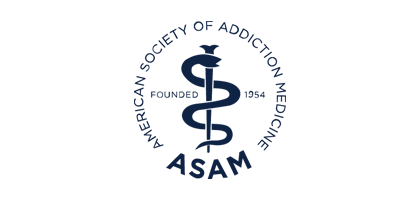Public Policy Statements
Third-Party Payment for Addiction Treatment
This policy statement is archived and no longer considered active ASAM policy. Archived statements are available for historical purposes upon request. Please email advocacy@ASAM.org to request a copy of an archived policy statement.

